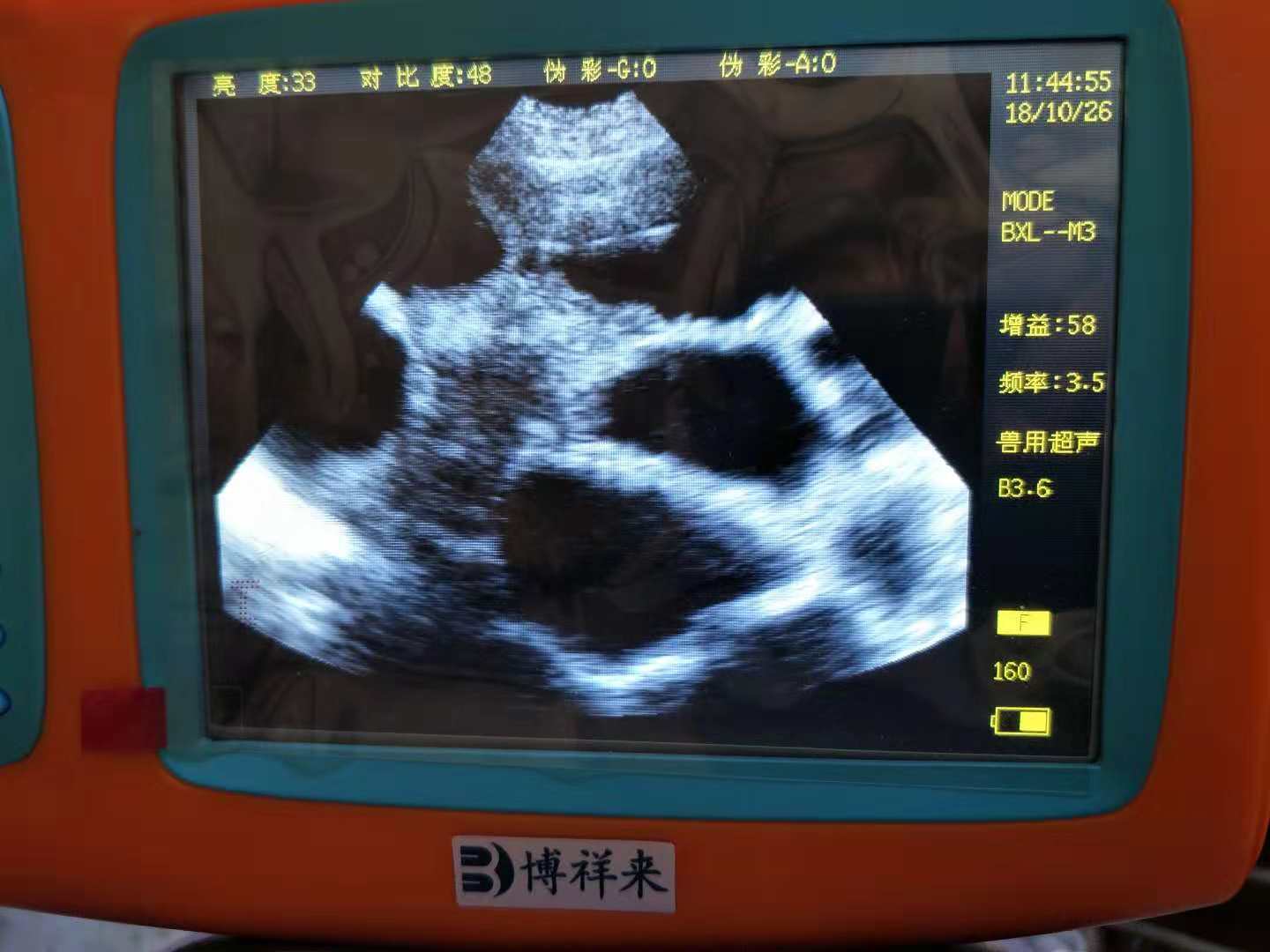Circuit design and input of Veterinary ultrasound machine. Circuit design and input mainly include HDL language input methods, among which VHDL and Verilog HDL are the most widely used. This design method is conducive to the division and reuse of modules, with good portability and versatility. The design does not change due to different chip processes and structures. It is the most commonly used design method for large-scale engineering design.
Functional simulation of veterinary ultrasound machine. After the design input is completed, functional simulation is required to verify whether the circuit function meets the design requirements and speed up the design progress.
Comprehensive optimization of veterinary ultrasound machine. Comprehensive optimization converts the design input (HDL language, schematic diagram, etc.) into a logical connection (netlist) composed of basic logic units such as AND, OR, NOT, RAM, triggers, etc., and optimizes the generated logical connection according to the constraints.
Post-synthesis simulation of veterinary ultrasound machine. After synthesis, it is necessary to check whether the synthesis result is consistent with the design. The impact of gate delay can be estimated, but line delay cannot be estimated. Therefore, there is still a certain gap between the simulation result and the actual result after wiring. The main purpose of this simulation is to check whether the optimization result of the synthesizer is consistent with the original design.
The realization and layout of veterinary ultrasound machine, the essence of the comprehensive result is the logic netlist composed of basic logic units. In the end, it is still necessary to layout and route the hardware modules inside the FPGA, which is often closely related to the actual configuration of the chip. Due to the differences between chip manufacturers, the internal structure of the chip is different. Because the chip supplier has a clearer understanding of the actual configuration of the device, this step must use the tools provided by the device developer. The quality of the layout has a great impact on the final result of the design. In general, users can specify the optimization criteria (area and speed) of layout and routing by setting parameters. When there is a conflict between area and speed, it is generally more important to meet the timing constraint requirements. At this time, it is better to choose speed or timing optimization targets.
Timing simulation and verification of veterinary ultrasound machine, the delay information of layout and routing is reversed to the design netlist for timing simulation. The delay information contained in the simulation delay file is comprehensive, so the simulation is most accurate and can better reflect the actual working conditions of the chip. This step must be performed to ensure the reliability and stability of the design.
Board-level simulation and verification of veterinary ultrasound machine. Some high-speed designs also require the use of third-party board-level verification tools for model simulation to analyze the signal integrity, electromagnetic interference and other circuit characteristics of the high-speed design.
Veterinary B-ultrasound machine debugging and loading configuration (downloading and burning files), the last step of design and development is online debugging. The main debugging tools are oscilloscopes, logic analyzers, etc.
Improvement of the original system of veterinary B-ultrasound machine
The veterinary B-ultrasound machine improves the display image quality. On the basis of the original 9-inch black and white image display of the veterinary B-ultrasound machine, a 14-inch color image display is added to increase the display image size, which provides greater convenience for clinical diagnosis and observation.

The resolution of the color image display can be added to the original veterinary B-ultrasound machine system with a resolution of 1024*768 points, and the 8-bit A/D is used to quickly convert the quantization of 256 gray levels into 16 color scale display, which is much higher than the resolution of the original black and white image display. Therefore, it is not easy to lose weak echo zone signals when applied to veterinary clinical diagnosis.
Improved the conditions for observing veterinary B-ultrasound images. The newly added color display system fully considers the observation habits in diagnosis in the color coding method. The color arrangement is based on the international standard coding and adopts a combination method that adapts to clinical diagnosis. Therefore, its color changes are natural, rich, well-layered, and have a strong three-dimensional sense, which can make diagnostic observations effortless and not easy to fatigue.
In actual clinical diagnosis, black and white and color veterinary B-ultrasound image displays can be used for comparative observation, which plays a complementary role
Improved clinical diagnosis rate. Since a color image display and image processing workstation are added to the original ordinary veterinary B-ultrasound machine, the clinical diagnosis conditions and quality of veterinary medicine are completely changed. Veterinarians can very conveniently use veterinary B-ultrasound image processing functions such as all-round roaming color scales and color continuous adjustable to effectively and accurately observe, diagnose and quantitatively analyze. Even smaller lesions and weak echo information are not easily missed, so the diagnosis rate is greatly improved, which wins precious time for sick animals.








